Sergiy Matusevych
ICASSP 2022 Deep Noise Suppression Challenge
Feb 27, 2022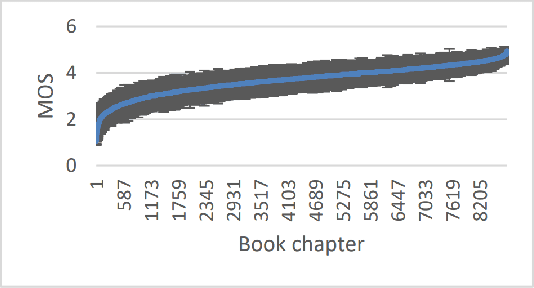
Abstract:The Deep Noise Suppression (DNS) challenge is designed to foster innovation in the area of noise suppression to achieve superior perceptual speech quality. This is the 4th DNS challenge, with the previous editions held at INTERSPEECH 2020, ICASSP 2021, and INTERSPEECH 2021. We open-source datasets and test sets for researchers to train their deep noise suppression models, as well as a subjective evaluation framework based on ITU-T P.835 to rate and rank-order the challenge entries. We provide access to DNSMOS P.835 and word accuracy (WAcc) APIs to challenge participants to help with iterative model improvements. In this challenge, we introduced the following changes: (i) Included mobile device scenarios in the blind test set; (ii) Included a personalized noise suppression track with baseline; (iii) Added WAcc as an objective metric; (iv) Included DNSMOS P.835; (v) Made the training datasets and test sets fullband (48 kHz). We use an average of WAcc and subjective scores P.835 SIG, BAK, and OVRL to get the final score for ranking the DNS models. We believe that as a research community, we still have a long way to go in achieving excellent speech quality in challenging noisy real-world scenarios.
MusicNet: Compact Convolutional Neural Network for Real-time Background Music Detection
Oct 08, 2021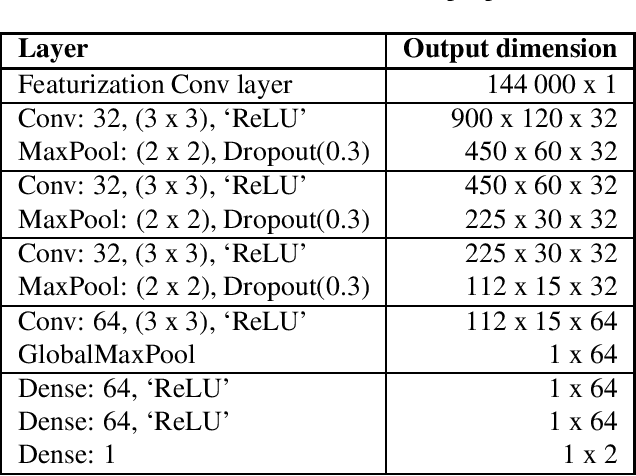
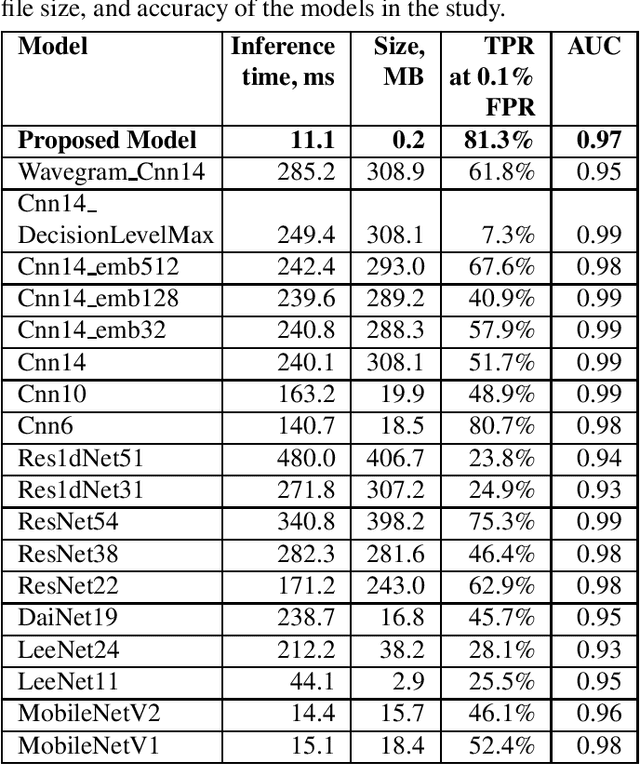
Abstract:With the recent growth of remote and hybrid work, online meetings often encounter challenging audio contexts such as background noise, music, and echo. Accurate real-time detection of music events can help to improve the user experience in such scenarios, e.g., by switching to high-fidelity music-specific codec or selecting the optimal noise suppression model. In this paper, we present MusicNet -- a compact high-performance model for detecting background music in the real-time communications pipeline. In online video meetings, which is our main use case, music almost always co-occurs with speech and background noises, making the accurate classification quite challenging. The proposed model is a binary classifier that consists of a compact convolutional neural network core preceded by an in-model featurization layer. It takes 9 seconds of raw audio as input and does not require any model-specific featurization on the client. We train our model on a balanced subset of the AudioSet data and use 1000 crowd-sourced real test clips to validate the model. Finally, we compare MusicNet performance to 20 other state-of-the-art models. Our classifier gives a true positive rate of 81.3% at a 0.1% false positive rate, which is significantly better than any other model in the study. Our model is also 10x smaller and has 4x faster inference than the comparable baseline.
The INTERSPEECH 2020 Deep Noise Suppression Challenge: Datasets, Subjective Testing Framework, and Challenge Results
May 29, 2020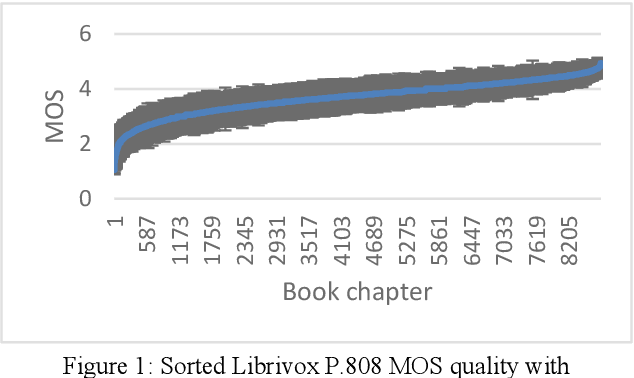
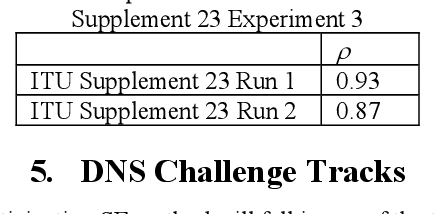
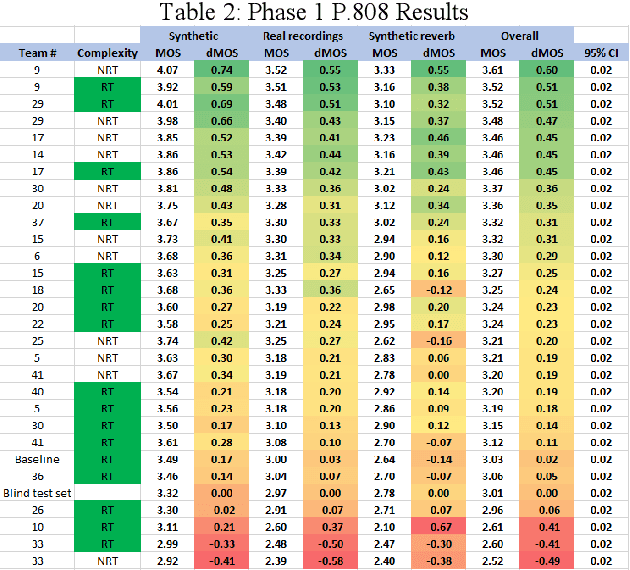
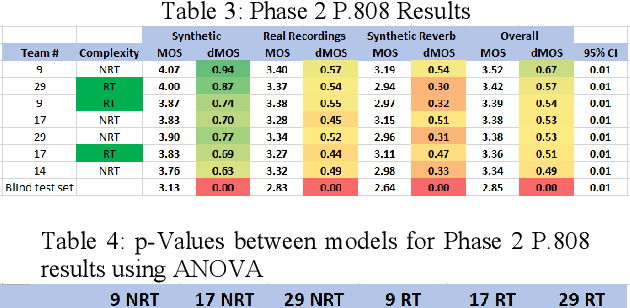
Abstract:The INTERSPEECH 2020 Deep Noise Suppression (DNS) Challenge is intended to promote collaborative research in real-time single-channel Speech Enhancement aimed to maximize the subjective (perceptual) quality of the enhanced speech. A typical approach to evaluate the noise suppression methods is to use objective metrics on the test set obtained by splitting the original dataset. While the performance is good on the synthetic test set, often the model performance degrades significantly on real recordings. Also, most of the conventional objective metrics do not correlate well with subjective tests and lab subjective tests are not scalable for a large test set. In this challenge, we open-sourced a large clean speech and noise corpus for training the noise suppression models and a representative test set to real-world scenarios consisting of both synthetic and real recordings. We also open-sourced an online subjective test framework based on ITU-T P.808 for researchers to reliably test their developments. We evaluated the results using P.808 on a blind test set. The results and the key learnings from the challenge are discussed. The datasets and scripts can be found here for quick access https://github.com/microsoft/DNS-Challenge.
The INTERSPEECH 2020 Deep Noise Suppression Challenge: Datasets, Subjective Speech Quality and Testing Framework
Jan 23, 2020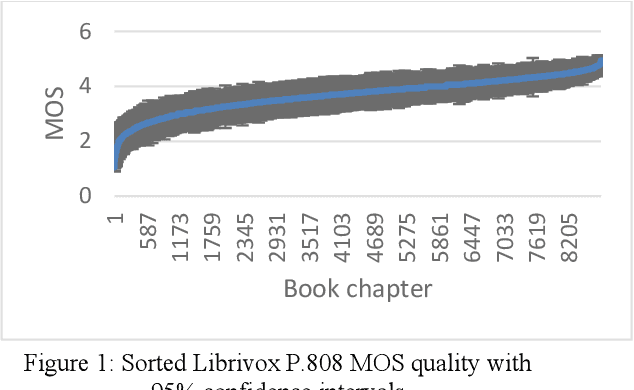
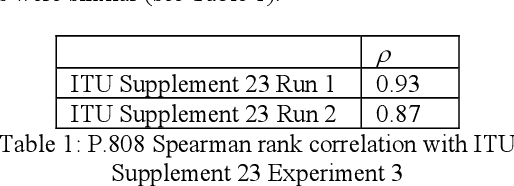
Abstract:The INTERSPEECH 2020 Deep Noise Suppression Challenge is intended to promote collaborative research in real-time single-channel Speech Enhancement aimed to maximize the subjective (perceptual) quality of the enhanced speech. A typical approach to evaluate the noise suppression methods is to use objective metrics on the test set obtained by splitting the original dataset. Many publications report reasonable performance on the synthetic test set drawn from the same distribution as that of the training set. However, often the model performance degrades significantly on real recordings. Also, most of the conventional objective metrics do not correlate well with subjective tests and lab subjective tests are not scalable for a large test set. In this challenge, we open-source a large clean speech and noise corpus for training the noise suppression models and a representative test set to real-world scenarios consisting of both synthetic and real recordings. We also open source an online subjective test framework based on ITU-T P.808 for researchers to quickly test their developments. The winners of this challenge will be selected based on subjective evaluation on a representative test set using P.808 framework.
Machine Learning at Microsoft with ML .NET
May 15, 2019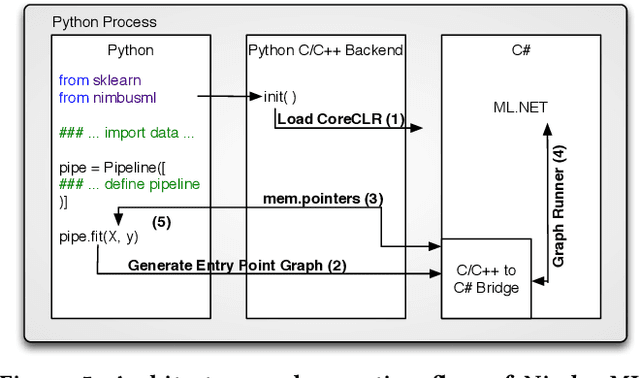
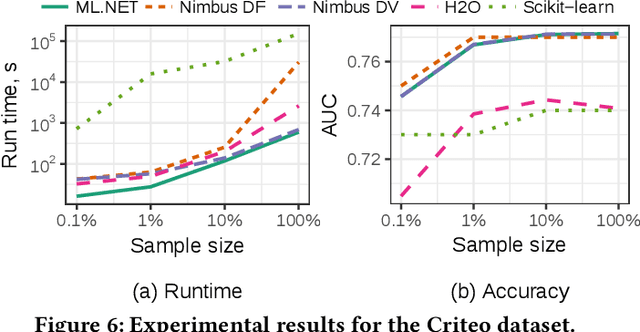
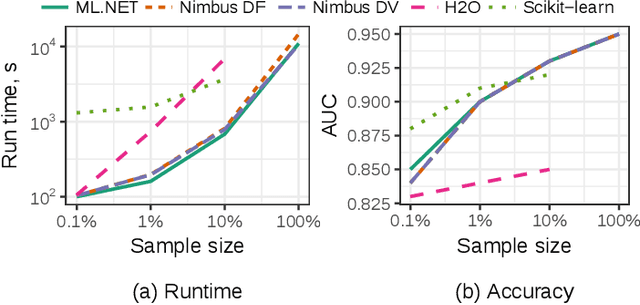
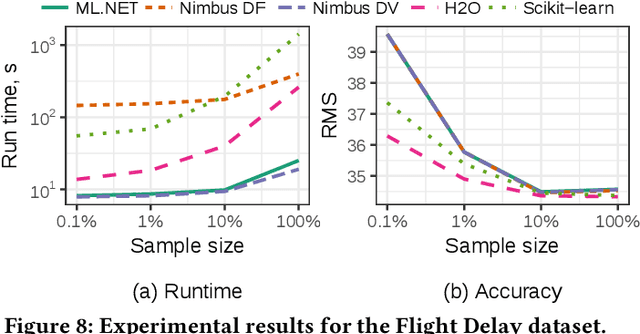
Abstract:Machine Learning is transitioning from an art and science into a technology available to every developer. In the near future, every application on every platform will incorporate trained models to encode data-based decisions that would be impossible for developers to author. This presents a significant engineering challenge, since currently data science and modeling are largely decoupled from standard software development processes. This separation makes incorporating machine learning capabilities inside applications unnecessarily costly and difficult, and furthermore discourage developers from embracing ML in first place. In this paper we present ML .NET, a framework developed at Microsoft over the last decade in response to the challenge of making it easy to ship machine learning models in large software applications. We present its architecture, and illuminate the application demands that shaped it. Specifically, we introduce DataView, the core data abstraction of ML .NET which allows it to capture full predictive pipelines efficiently and consistently across training and inference lifecycles. We close the paper with a surprisingly favorable performance study of ML .NET compared to more recent entrants, and a discussion of some lessons learned.
PDP: A General Neural Framework for Learning Constraint Satisfaction Solvers
Mar 05, 2019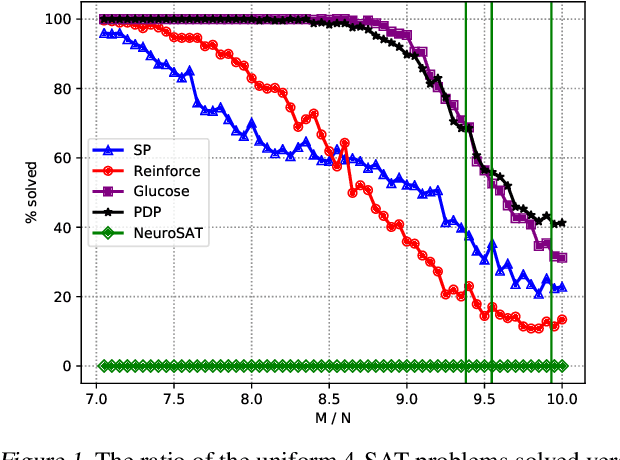
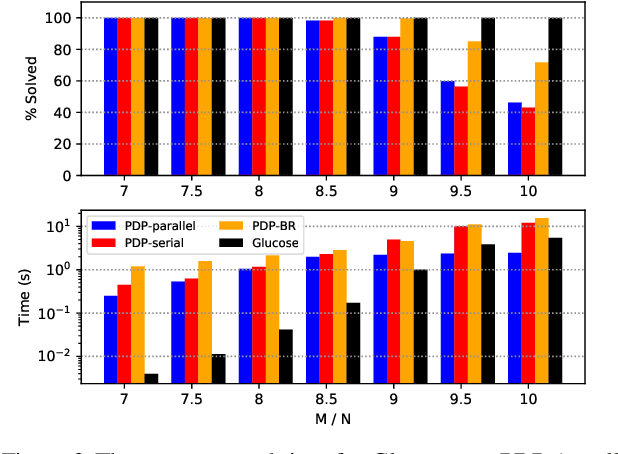
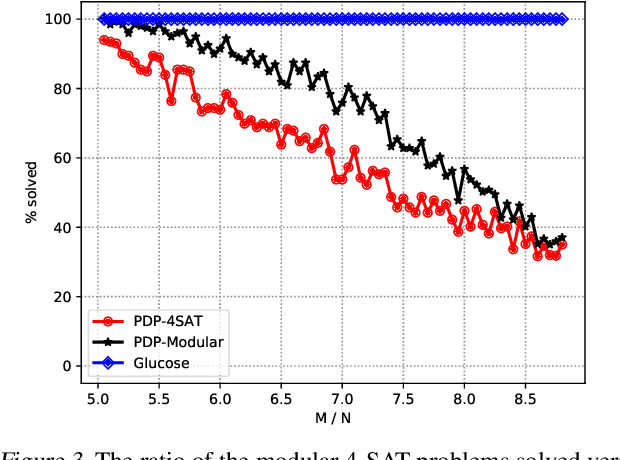
Abstract:There have been recent efforts for incorporating Graph Neural Network models for learning full-stack solvers for constraint satisfaction problems (CSP) and particularly Boolean satisfiability (SAT). Despite the unique representational power of these neural embedding models, it is not clear how the search strategy in the learned models actually works. On the other hand, by fixing the search strategy (e.g. greedy search), we would effectively deprive the neural models of learning better strategies than those given. In this paper, we propose a generic neural framework for learning CSP solvers that can be described in terms of probabilistic inference and yet learn search strategies beyond greedy search. Our framework is based on the idea of propagation, decimation and prediction (and hence the name PDP) in graphical models, and can be trained directly toward solving CSP in a fully unsupervised manner via energy minimization, as shown in the paper. Our experimental results demonstrate the effectiveness of our framework for SAT solving compared to both neural and the state-of-the-art baselines.
 Add to Chrome
Add to Chrome Add to Firefox
Add to Firefox Add to Edge
Add to Edge